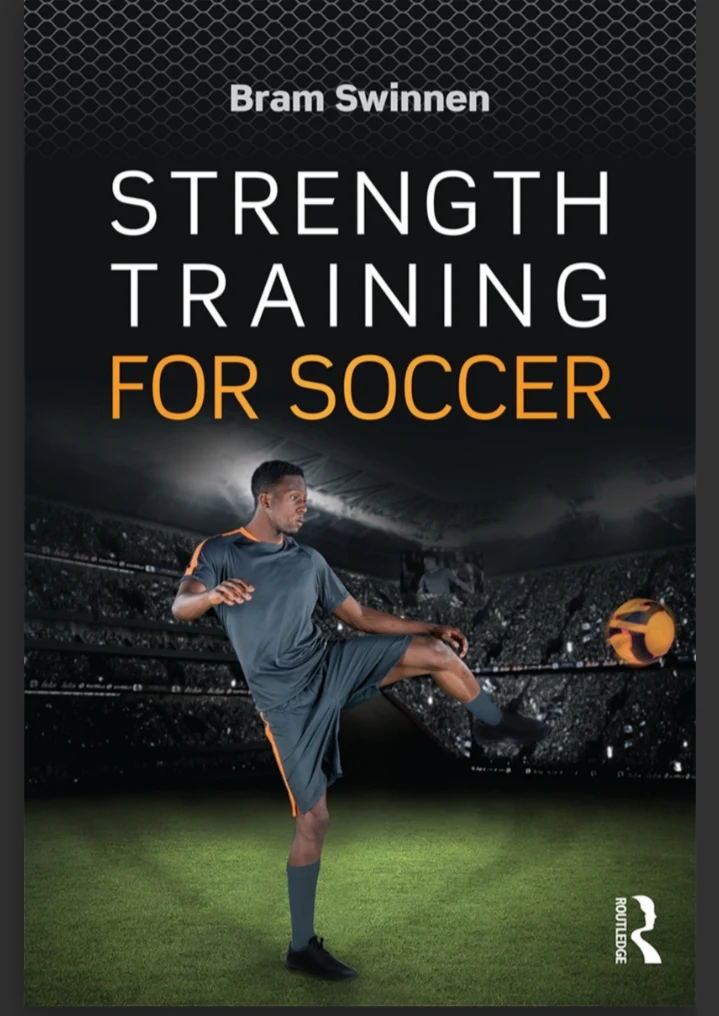The integrated strength training needs to improve the overall athletic performance and assure transference to soccer-specific technical skills.
This book provides guidelines how to develop a strength training routine that serves as a foundation for the integrated development of the different fitness components of soccer performance.
The ultimate goal of strength training is not to increase absolute strength levels but to improve movement efficiency and soccer performance.
Maximal strength forms the basis for the development of power, speed, athletic ability, and repeated-sprint ability.
Incorporating exercises that mimic soccer-specific movement patterns will facilitate the transfer to soccer performance.
A nonlinear periodization approach allows the various qualities of soccer to be addressed concurrently, provides greater flexibility to tailor training to the competition schedule, and will keep the players closer to their peak over an extended time period.
How this book is organized
This book is divided into six different parts.
The first part describes how strength training can help create more efficient movement.
The different motor abilities (strength, coordination, endurance, flexibility, and speed) are all integrated into athletic soccer performance.
There is so much crossover and interaction between these abilities.
Developing these different abilities separately will compromise the transfer to soccer performance.
A proper strength training routine can serve as the foundation for the integrated development of all these different bio-motor abilities.
Chapter 1 defines the underlying mechanisms by which strength training improves performance, reduces post-match fatigue, and prevents injuries.
This chapter will clarify why strength training is a key factor to optimize movement efficiency and to develop the dominant bio-motor abilities needed for soccer.
Chapter 2 emphasizes how strength training can improve flexibility and stability.
During soccer, movements are executed through a wide range of motion with great acceleration and production of power.
Good athletic performance also requires the player to stabilize and control the movement.
Strength training performed over the full range of motion improves flexibility and will help transfer the gained flexibility to athletic performance.
In line with the focus on flexibility in Chapter 2, Chapter 3 summarizes the research on the effects of static and dynamic stretching on strength and athletic performance.
This chapter also addresses the warm-up and how the specific warm-up can be tailored in function of the strength training workout.
Chapter 4 is devoted to the interaction between strength and skill training.
Motor control theories and principles that are relevant to strength training are outlined.
Designing a strength program conforming to the laws of motor control will benefit movement mechanics and body control during soccer.

